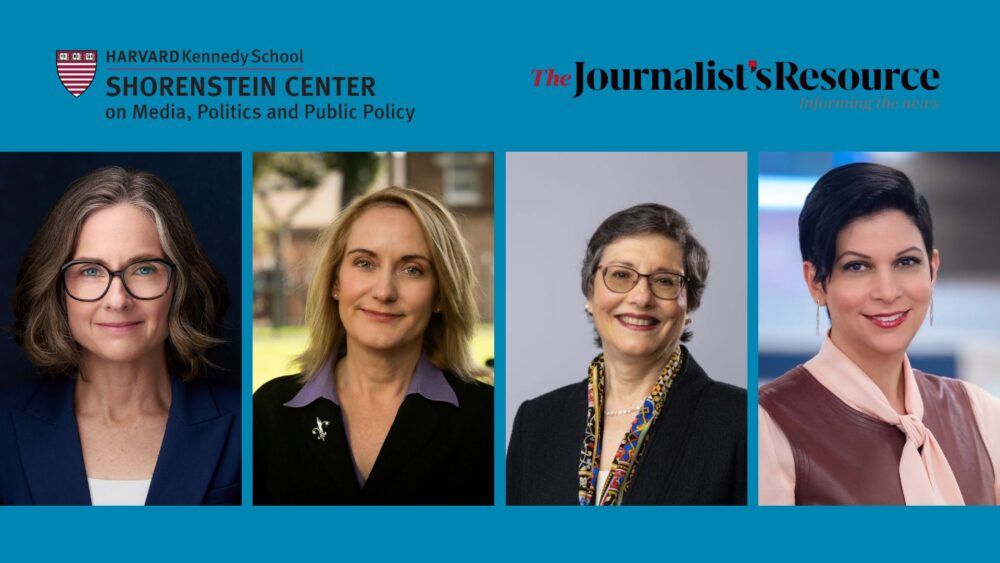
Videos
Regulating Social Media: America’s Global Communications Dilemma
Commentary
The following is an excerpt from an article that originally appeared in The Boston Globe on May 12, 2022.
–
Making new humans is a dangerous and mysterious endeavor — not that you would know it from reading the Supreme Court’s recently leaked draft opinion that would allow US states to force women to carry unwanted pregnancies to term.
For 40 weeks, a human body builds another human body inside itself. Doctors understand surprisingly little about this science-fiction-sounding process. What is a placenta, really? Can preeclampsia, a common cause of maternal death, be prevented? We do not know.
The problem is a lack of research. Pregnant women are not included in most clinical trials for fear of harming the fetus. Until 2019 the federal government classified pregnant people as too vulnerable to be able to consent to be studied. The National Institutes of Health, which has publicly disclosed how much money it devotes to different health categories since 2008, added pregnancy as a category only in 2017.
So many unknowns in a time of medical fragility help false notions proliferate and leave pregnant women susceptible to misinformation. Lack of knowledge also means that pregnancy, as a public health matter, becomes a ripe target for partisans promoting disinformation for political or financial gain. Consider Justice Samuel Alito’s draft decision arguing for overturning Roe v. Wade. It is rife with inaccuracies, myth, and distortion.
One example is Alito’s citation of the archaic British common law term “quickening,” which refers to the moment when the mother first feels fetal movement. For centuries, quickening was inaccurately used as a proxy to understand when life begins. It represented the cutoff point for legal abortion, which, in Alito’s reading, occurs at 16 to 18 weeks of pregnancy. Modern science has since established that perceiving fetal movement does not correlate with viability, nor do these milestones occur at the same time in gestation for all pregnant women. Quickening is, in other words, not science — and this is not the only flagrant flaw in the 72-year-old conservative male justice’s reasoning.

Videos

Commentary

Videos